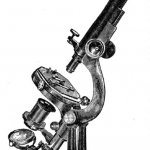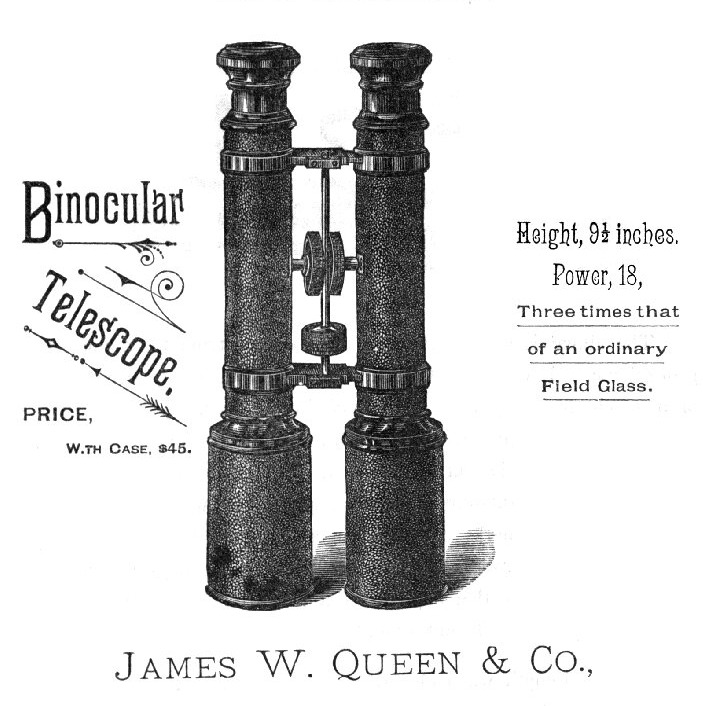2013 was a busy year for the Smithsonian Libraries! We were hard at work digitizing our collection, caring for rare books, hosting events and assisting in the Smithsonian’s core research functions. In case you missed them, here are our five most popular blog posts from 2013, giving a peak at what we did through the year and what *you* enjoyed reading about!
Category: Library Hacks

With the management of a large, ever-changing website comes the management of the individual projects that make up that website. The Smithsonian Libraries’ website is made up of many components, most of which were or are treated as smaller projects that have limited or ongoing scope. We’re in the process of testing and refining a documentation process by which our staff can propose and define additions to our site.

You’ve been using Google for years. In fact, you use it every day. And you always get tons of results, so you must be an expert searcher, right? Not so fast… Getting more results is not always helpful! Do you really have time to go through 264 pages to find what you want?
What you need are better results, which come from better searches. So here are some tips that work in most search engines and research databases to help you get better, on-target results.
As noted elsewhere in this blog, the publication record of Smithsonian scholars includes a growing portion of open access (OA) articles. During 2012, nearly 14% of scientific papers authored by Smithsonian scientists were published in OA journals. This is up from 7% in 2008 and it is expected to grow.

Even the most experienced scholars can find it difficult to keep up with new research in their fields. So much is being published in journals and online every day that it can be overwhelming. So I’ve put together a list of websites to help you wade through the rising tide of research. These resources are available free to anyone via the Internet and offer useful tools for discovering new research in a wide variety of subject areas.

This past week, you might have noticed the many news stories about killer cats. The research study about domestic cats’ impact on nature concluded that cats kill up to 3.7 billion birds and 20.7 billion mammals every year. Did you happen to pick up that the senior author on the paper was Peter Marra of the Migratory Bird Center, a research unit of the National Zoo, and one of his cowriters was Scott Loss, also of the MBC? While we are always excited by and proud of the research output of the Smithsonian, this is an example of a scholarly article having an impact in the public sphere—i.e. beyond just the scientific community. Does that matter? How does it matter? Is there a way for the organization sponsoring that research to measure impact of research output like this? These are the kinds of questions we can finally begin to tackle with the use of altmetrics.



